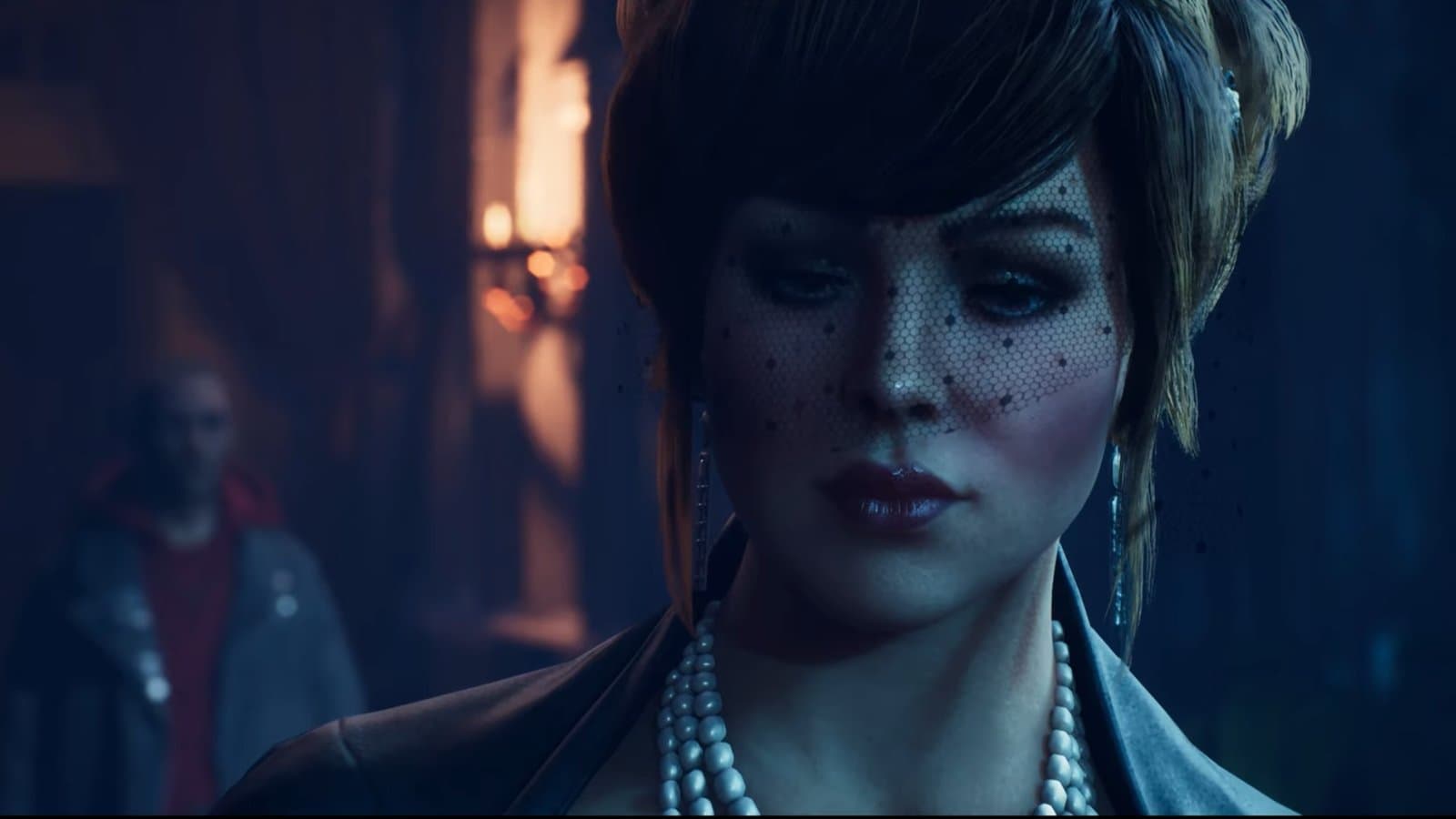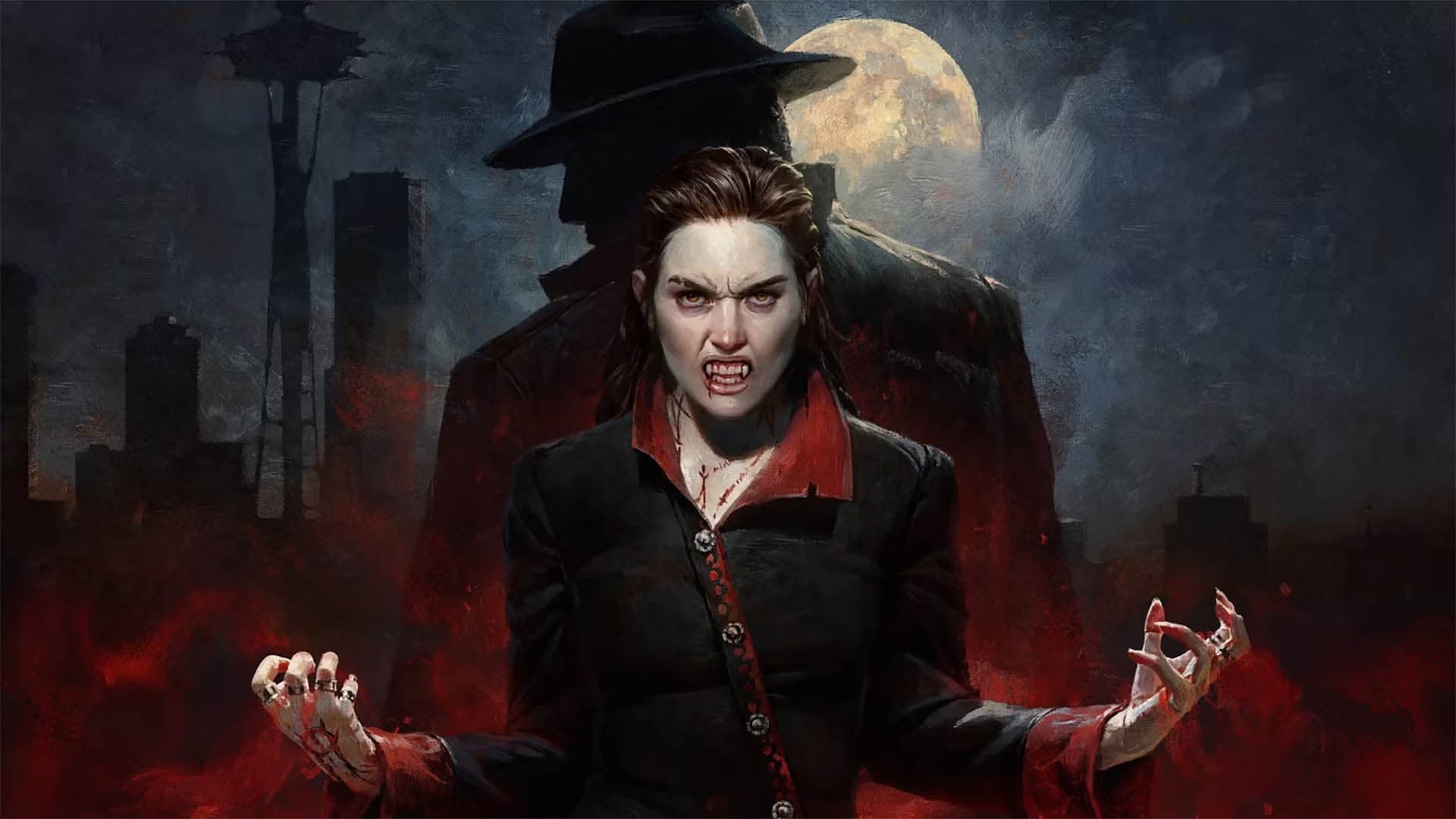
I’ve sunk more nights into Troika’s broken masterpiece than I’d admit to HR, so when I saw claims that Vampire: The Masquerade – Bloodlines 2 had “shattered sales records,” I did a double take. The truth? It launched on October 21, 2025 to mixed reviews, modest concurrent players on Steam (peaking around 27k), and a quick fade down the charts. That’s not record-shattering-that’s a stumble for a sequel to one of PC gaming’s most beloved cult RPGs.
Bloodlines 2 landed on PS5, Xbox Series X/S, and PC, developed by The Chinese Room and published by Paradox. On paper, that’s a solid pairing: Paradox knows niche-but-passionate audiences, and TCR can build a mood like few others. But this is a franchise remembered for buildcraft, social stealth, faction politicking, and the feeling that your choices genuinely mutated the story. At launch, the picture looked rough: “Mixed” user sentiment, mid-60s on review aggregators, and a top-sellers rank sinking into the triple digits within weeks. For a series trading on a 20-year legend, that’s a red flag.
The edition structure didn’t help. Base and Deluxe were fine, but the Premium upsell with “Shadows & Silk” gating clans like Lasombra and Toreador was a self-inflicted bite. Toreador isn’t some fringe bloodline-it’s foundational to Vampire’s fantasy. When core identity options are day-one DLC, it screams “monetization first” in a moment when the game needed to prove its soul.
This isn’t a case of “gamers hate narrative games.” The original Bloodlines was messy as hell but bursting with systems: skill checks that rewired encounters, clan-specific roleplay, and levels that bent to your build. Bloodlines 2 narrows the scope. You play an Elder known as the Nomad in a moody Seattle-cool premise, gorgeous vibes—but progression is thinner, choice density is lower, and the story tracks more linearly than diehards expected. When your brand promise is agency and consequence, you can’t ship “pretty good atmosphere” and call it a day.

The dev switch years back set expectations too. The Chinese Room excels at environmental storytelling and melancholy pacing. That DNA shows up here in stellar audio, sharp scene-setting, and a mystery that hums. But the team’s past doesn’t scream “reactive RPG sandbox.” Marketing leaned on the Bloodlines name anyway, which set the bar on a different field entirely. That disconnect—brand vs. design reality—did more damage than any single bug report.
Then there’s timing and trust. Multiple delays from the early-2020s plans into late 2025 eroded patience. Shipping with missing-feeling features while asking extra cash for clans read as tone-deaf. Communities will forgive a lot if they feel respected; here, players felt cornered into paying more for something that should be core.
There’s a clear path to redemption. First, a transparent roadmap prioritizing systemic depth: more impactful skill checks, faction reactivity that actually branches, and meaningful build differentiation. Second, address the DLC optics—roll key clans into the base or expand their content so the premium ask feels justified. Third, empower replayability: clan-specific questlines and powers that change how levels are approached, not just how fights look. This IP thrives when players trade stories about how differently their runs unfolded.

Do that, and you leverage what The Chinese Room already does well—tone and narrative cadence—while honoring the Bloodlines legacy. Don’t, and you’ve got a stylish vampire drama wearing an RPG’s clothes, destined to be remembered as an interesting what-if rather than a worthy successor.
No, Bloodlines 2 didn’t smash records. It launched mid, not massive—solid atmosphere, thin RPG bones, and a DLC decision that bit the hand that feeds. If you love the setting, there’s something here; if you want a true systemic successor, wait for patches and a mea culpa on clans.
Get access to exclusive strategies, hidden tips, and pro-level insights that we don't share publicly.
Ultimate Gaming Strategy Guide + Weekly Pro Tips